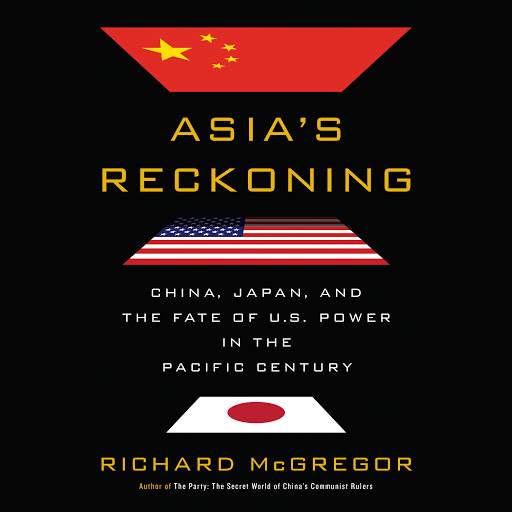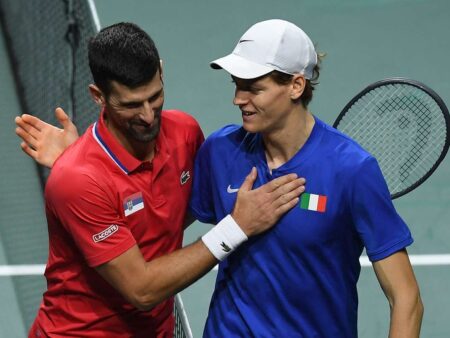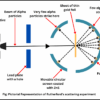
The United States Men`s National Team (USMNT) finds itself at a familiar, yet increasingly frustrating, crossroads. Following a dispiriting 2-0 defeat to South Korea, the calls for change are not just murmurs but growing shouts. With a formidable Japan squad, currently ranked 17th in the world, looming on the horizon for a pivotal match in Columbus, the luxury of `patience` feels less like a virtue and more like an indulgence the team can ill afford. This isn`t just another friendly; it`s a litmus test, a moment demanding not just effort, but profound strategic reimagining.
The Current Conundrum: Stagnation in Motion
The South Korea performance offered glimpses of individual talent but little in the way of cohesive team strategy, particularly in the first half. While moments of brilliance from players like Matt Freese in goal and a late-game shift to a back three provided some fleeting positives, the overall impression was one of a team struggling to find its rhythm and identity. Freese, having steadily claimed the number one jersey since the Gold Cup, has proven his mettle, making his continued presence between the posts a non-negotiable anchor in any defensive setup. The challenge, then, isn`t necessarily the individuals, but the framework in which they operate.
The Back Three Blueprint: A Modern Answer?
For years, the four-man defense has been the default for many national teams. However, modern football`s tactical evolution often sees teams leveraging a three-man defense (or a `back three`) for various benefits. This system typically involves three central defenders, allowing for two wing-backs who provide both defensive cover and significant attacking width. When implemented effectively, it can offer enhanced defensive solidity in the central areas, crucial against teams with potent attacking midfielders and strikers, while simultaneously providing a dynamic platform for offensive thrusts from the flanks.
One might question the timing for such a significant tactical overhaul. “Why now, when facing a top-tier opponent?” some might ponder. The counter-argument is simple: when the current approach yields diminishing returns, and the stakes are high, what exactly is there to lose by attempting a calculated, well-rehearsed, bold move? Indeed, if not now, then when?
Tailor-Made for the USMNT`s Arsenal
This isn`t about fitting square pegs into round holes; it`s about recognizing the inherent strengths within the USMNT roster that could genuinely thrive in a back-three system.
Consider the defensive spine: players like Chris Richards, Tim Ream, and Tristan Blackmon (or similar robust central defenders) possess the varied skill sets – aerial prowess, passing range, and positional awareness – to form a formidable trio. Their presence would offer a sturdy shield, allowing the team to absorb pressure and build play from deep.
The true magic of a back three often lies in its wing-backs. This system could be tailor-made for players like Sergino Dest and Tim Weah. Dest, with his innate attacking instincts and ability to drive forward, often finds himself caught between offensive duties and defensive responsibilities in a traditional back four. As a wing-back, he would be empowered to push higher, knowing he has three central defenders providing cover. Similarly, Weah`s pace and crossing ability would be maximized, transforming him into a consistent threat down the flank, feeding attackers like Folarin Balogun and Christian Pulisic.
The impact on the attack would be significant. With greater defensive stability and natural width provided by the wing-backs, creative midfielders like Tyler Adams (if fit and deployed strategically) and Luca De La Torre, alongside forward catalysts, would have more space and freedom to orchestrate attacks, linking up with a prolific striker like Balogun, whose finishing prowess could finally be fully unleashed. The earlier match against South Korea saw Balogun pepper the opposition with shots; a more fluid, supported attack could turn those attempts into goals.
The Ultimate Proving Ground: Japan
The upcoming clash with Japan is more than just a friendly; it`s an acid test. The Samurai Blue are known for their technical proficiency, disciplined structure, and rapid transitions. A conventional approach might struggle to contain them. A strategic shift, however, could inject an element of surprise and disruption into the USMNT`s play, compelling Japan to adapt to their tactical choices.
Implementing a new system comes with its own set of challenges, requiring clear communication, intensive training, and tactical discipline. But the upside — a more balanced team, stronger defensively, and more potent offensively — is too significant to ignore.
In the ever-evolving landscape of international football, adaptability is paramount. For the USMNT, the game against Japan isn`t just an opportunity to secure a win; it`s a chance to experiment, to evolve, and perhaps, to finally unearth the tactical blueprint that will propel them forward from their current rut. It’s a moment for courage, for conviction, and for a strategic gamble that, on paper, seems less like a risk and more like a necessary evolution.








